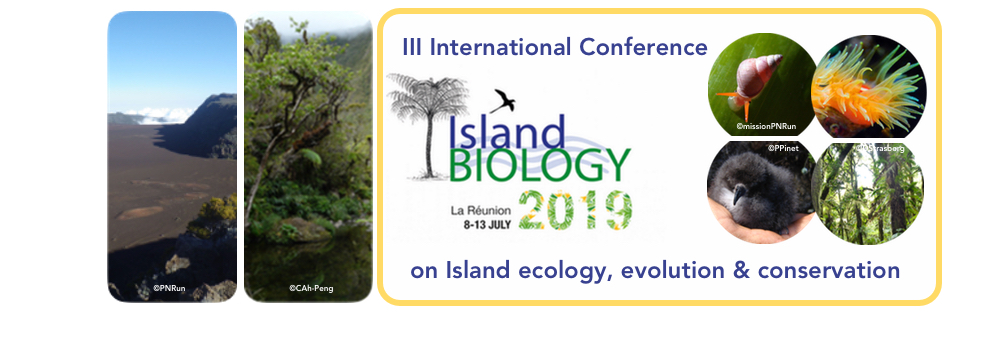The continent-island model of gene flow has been central to better understand the impact of migration in island populations, but it has rarely been applied to marine species. The meridional part of the Western Indian Ocean (WIO) is characterized by a patchy distribution of reef habitats that matches a continent-island model, with a large network in the Mozambique Channel and peripheral habitats representing independent ecoregions (Mascarenes). Here, we use the cordonnier Siganus sutor inhabiting reef flats and lagoons of the region, to explore a special case of the continent-island model with bidirectional gene flow. Using multiple markers and samples throughout the WIO, we confirmed the existence of two populations in the cordonnier, one large in the Mozambique Channel and one in the Mascarene that probably diverged during the Last Glacial Maximum. Despite the main westward oceanographic circulation, the gene flow occurred predominantly from The Mozambique Channel to the Mascarene, as expected under a continent-island migration model. Modelling and simulations confirm that migration has a large effect on the allele frequency of the island population while the continent population stays intact when assuming bidirectional gene flow and a sufficiently large difference in population sizes between the continent and the island. These observations bring new lights on the patterns of bidirectional asymmetrical gene flow frequently observed in the literature.

|
|
|
|
A continent-island model of gene flow in a marine fish from the Western Indian Ocean
1 : University of Pretoria
Dept. Genetics, Private bag X20, Hatfield -
South Africa
2 : Institut de Recherche pouir le Developpement
* : Corresponding author
Institut de recherche pour le développement [IRD] : UMR250
Montpellier -
France
|
| Online user: 56 | RSS Feed |

|
 PDF version
PDF version